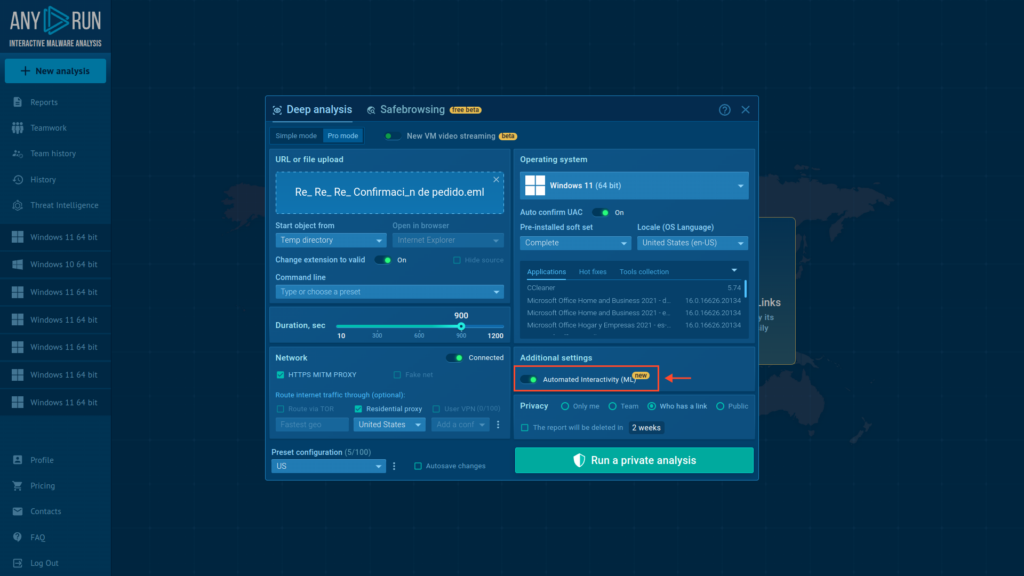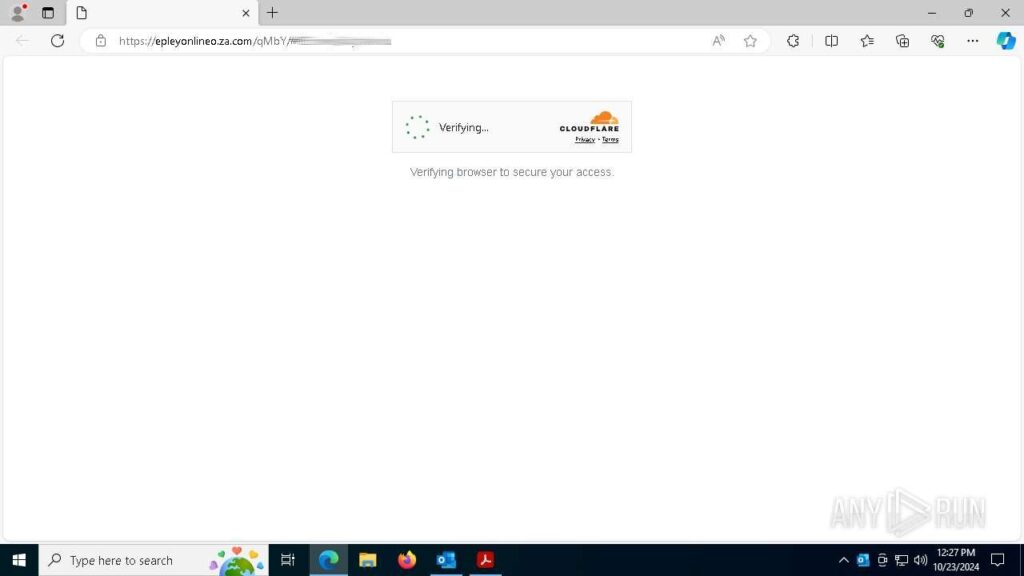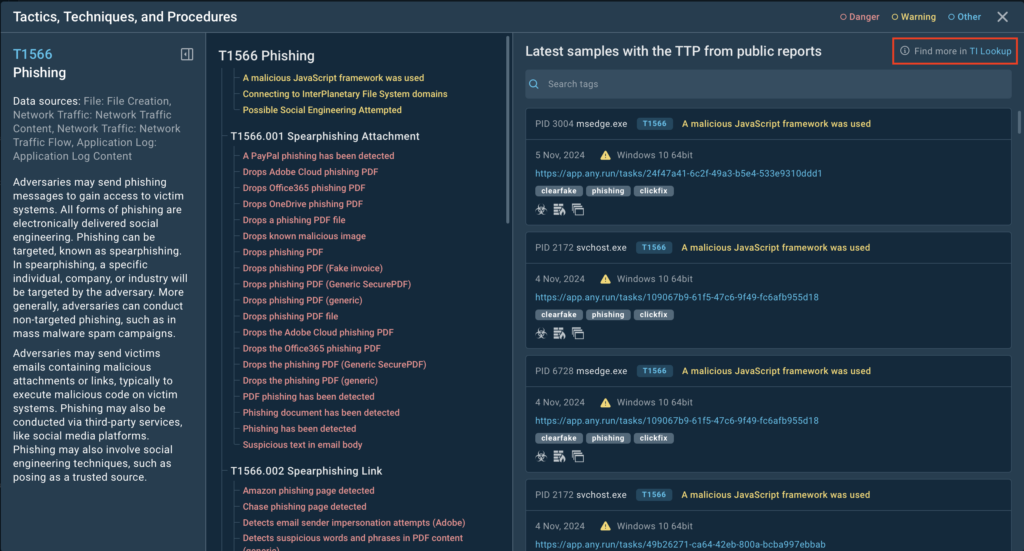DESC Leads Dubai’s Journey to Becoming the World’s Safest Digital City

Overview
Dubai is making significant strides in integrating advanced technologies while emphasizing strong cybersecurity frameworks. A recent study by the World Economic Forum (WEF), titled “Navigating Cyber Resilience in the Age of Emerging Technologies,” highlights how the city is utilizing technologies such as artificial intelligence (AI), blockchain, quantum computing, and smart city solutions across critical sectors.
The Dubai Electronic Security Center (DESC) plays a central role in supporting the secure adoption of these emerging technologies. Initiatives such as the Dubai Cyber Security Strategy and the UAE National Strategy for Artificial Intelligence 2031, along with policies like the Dubai AI Security Policy and autonomous vehicle security standards, aim to balance innovation with a focus on digital security.
This blog delves into DESC’s contributions, Dubai’s cybersecurity strategies, and the city’s efforts to enhance cyber resilience and enable secure digital transformation.
The Role of DESC in Dubai’s Cybersecurity Strategy
The Dubai Electronic Security Center (DESC) is at the heart of Dubai’s digital transformation. As a key player in Dubai’s Cyber Security Strategy, DESC focuses on securing digital assets, fostering innovation, and establishing Dubai as a leading secure digital hub.
His Excellency Yousuf Hamad Al Shaibani, CEO of DESC, highlighted the center’s proactive measures, saying, “The Center continues to coordinate with governmental, regional, and international entities to study the security requirements of modern and emerging technologies and set standards and controls that ensure their safe adoption across various sectors.”
DESC has introduced multiple initiatives to ensure the secure implementation of emerging technologies:
- Dubai AI Security Policy: A framework for safe use of AI technologies across sectors.
- Autonomous Vehicle Security Specification: The first of its kind globally, providing security standards for self-driving vehicles.
- RZAM Cybersecurity Application: A real-time solution leveraging AI to protect internet users from malicious websites and phishing attacks.
These policies stress Dubai’s efforts to create a secure environment for the adoption of advanced technologies.
Advancing Emerging Technologies
Dubai’s leadership in cybersecurity is closely aligned with the UAE National Strategy for Artificial Intelligence 2031. This strategy, combined with substantial investments in technologies such as quantum computing, 5G communications, and the Internet of Things (IoT), is designed to drive innovation while maintaining robust digital safeguards.
For example, DESC has been instrumental in supporting Dubai’s Self-Driving Transport (SDT) Strategy. The SDT Strategy aims to convert 25% of Dubai’s total transportation to self-driving vehicles by 2030. To achieve this, DESC recently published a study on connected vehicles, highlighting the security specifications required to mitigate cyber risks in IoT-enabled transport systems.
The Economic Impact of AI
Artificial intelligence is central to Dubai’s digital transformation efforts. The WEF report estimated that AI will contribute USD 320 billion to the UAE economy by 2030. In line with this, DESC issued a detailed study examining AI’s potential across various sectors in Dubai.
This study analyzed:
- AI’s Economic Contributions: Estimating how AI can drive Dubai’s economic growth.
- Ethical and Societal Considerations: Exploring the implications of widespread AI adoption.
- Risk Mitigation: Identifying challenges and solutions for safe AI integration.
- Stakeholder Collaboration: Promoting partnerships to enhance AI research and application.
These efforts are part of a broader vision to position Dubai as a global hub for AI research, development, and implementation.
Global Partnerships and Regulatory Frameworks
DESC has also been instrumental in establishing partnerships with public and private stakeholders at both local and international levels. By collaborating with research institutions and global technology leaders, Dubai is developing regulatory frameworks to safely integrate cutting-edge technologies.
These partnerships are crucial in fostering an environment where innovation can thrive without compromising security. Policies such as the Dubai AI Security Policy and the autonomous vehicle security standards reflect the city’s commitment to balancing innovation with cybersecurity.
Building a Resilient Digital Infrastructure
Dubai’s success in integrating new technologies is rooted in its digital infrastructure and forward-looking strategies. The Dubai Cyber Security Strategy serves as a guiding framework for ensuring the resilience and reliability of digital systems.
By focusing on key areas like secure IoT adoption, AI governance, and blockchain implementation, DESC is driving Dubai’s vision of a smart and secure city. These efforts are complemented by national initiatives such as the UAE’s investments in advanced communication technologies like 5G and quantum computing.
The Future of Cyber Resilience in Dubai
Dubai’s approach to cybersecurity offers valuable lessons for other cities and nations seeking to embrace emerging technologies. With DESC leading the charge, Dubai is not only addressing present-day challenges but also preparing for future risks associated with digital transformation. Its comprehensive strategies and global collaborations ensure that innovation is securely integrated into all aspects of life.
The post DESC Leads Dubai’s Journey to Becoming the World’s Safest Digital City appeared first on Cyble.
Blog – Cyble – Read More















